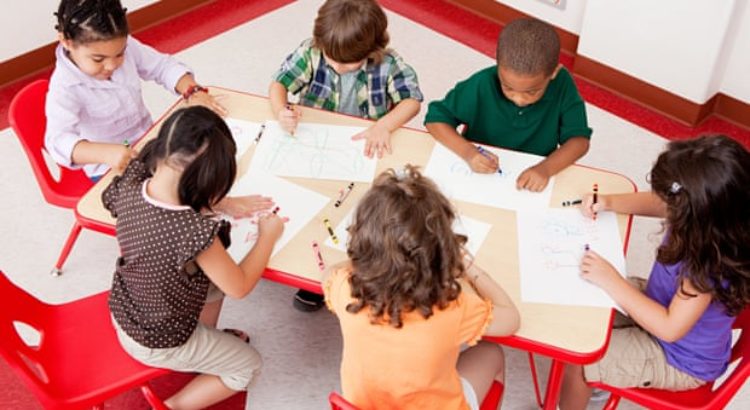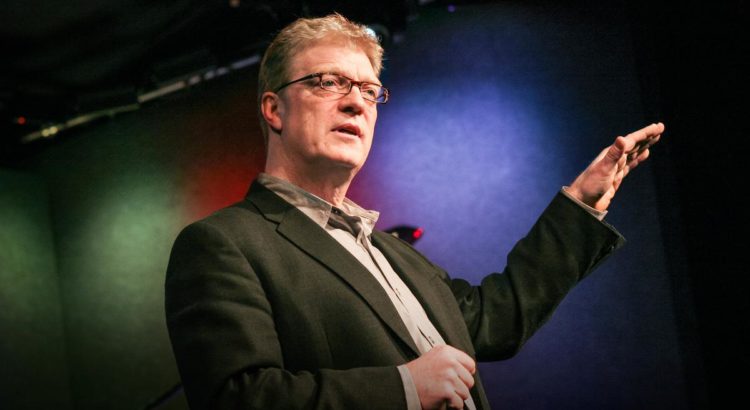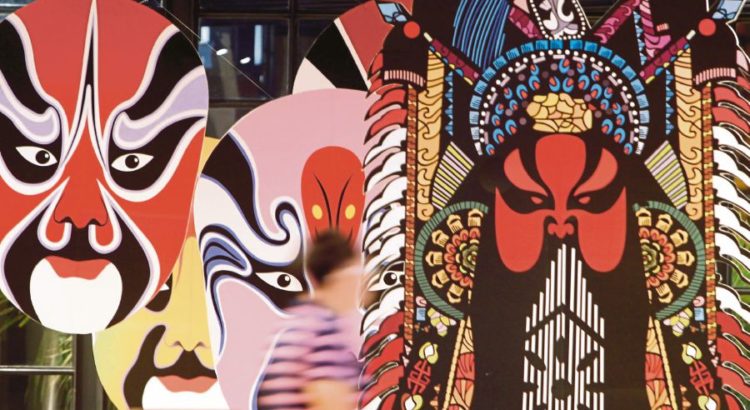By: The Guardian.
You can’t see it, smell it, hear it. People disagree on how, precisely, to define it, or where, exactly, it comes from. It isn’t a school subject or an academic discipline, but it can be learned. It is a quality that is required by artists. But it is also present in the lives of scientists and entrepreneurs. All of us benefit from it: we thrive mentally and spiritually when we are able to harness it. It is a delicate thing, easily stamped out; in fact, it flourishes most fully when people are playful and childlike. At the same time, it works best in tandem with deep knowledge and expertise.
This mysterious – but teachable – quality is creativity, the subject of a report published this week by Durham Commission on Creativity and Education, a body chaired by Sir Nicholas Serota, the chair of Arts Council England, with input from figures including film director Beeban Kidron, architect Sir David Adjaye and choreographer Akram Khan. The report, put together in collaboration with academics from Durham University, concludes that creativity is not something that should inhabit the school curriculum only as it relates to drama, music, art and other obviously creative subjects, but that creative thinking ought to run through all of school life, infusing the way human and natural sciences are learned.
The authors, who focus on education in England, offer a number of sensible recommendations, some of which are an attempt to alleviate theGradgrindish turn in education policy of recent years. When children are regarded as pitchers to be filled with facts, creativity does not prosper; nor does it when teachers’ sole objective is, perforce, coaching children towards exams. One suggestion from the commission is a network of teacher-led “creativity collaboratives”, along the lines of existing maths hubs, with the aim of supporting teaching for creativity through the school curriculum.
Nevertheless, it is arts subjects through which creativity can most obviously be fostered. The value placed on them by the independent education sector is clear. One only has to look at the remarkable arts facilities at Britain’s top public schools to comprehend this. But in the state sector the EBacc’s focus on English, maths and science threatens to crush arts subjects; meantime, reduced school budgets mean dwindling extracurricular activities. There has been a 28.1% decline in uptake of creative subjects at GCSE since 2014, though happily, art and design have seen a recent uptick.
This disparity between state and private is a matter of social justice. It is simply wrong and unfair that most children have a fraction of the access to choirs, orchestras, art studios and drama that their most privileged peers enjoy. As lives are affected by any number of looming challenges – climate crisis, automation in the workplace – humans are going to need creative thinking more than ever. For all of our sakes, creativity in education, and for all, must become a priority.
Source of the article: https://www.theguardian.com/commentisfree/2019/oct/18/the-guardian-view-on-creativity-in-schools-a-missing-ingredient










 Users Today : 7
Users Today : 7 Total Users : 35460270
Total Users : 35460270 Views Today : 8
Views Today : 8 Total views : 3418976
Total views : 3418976